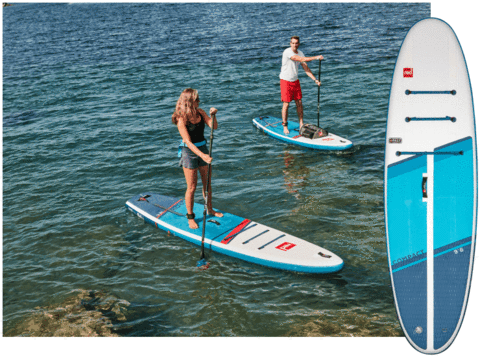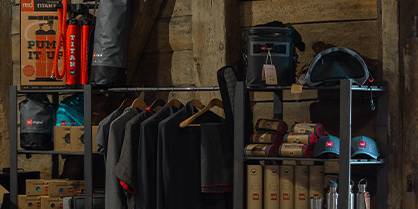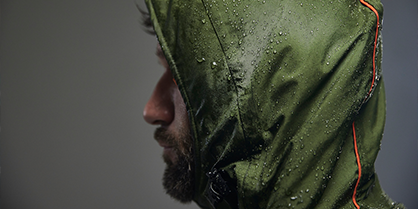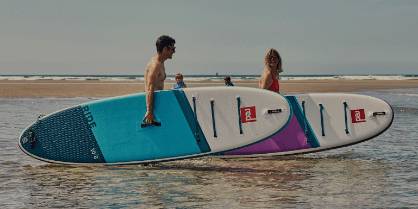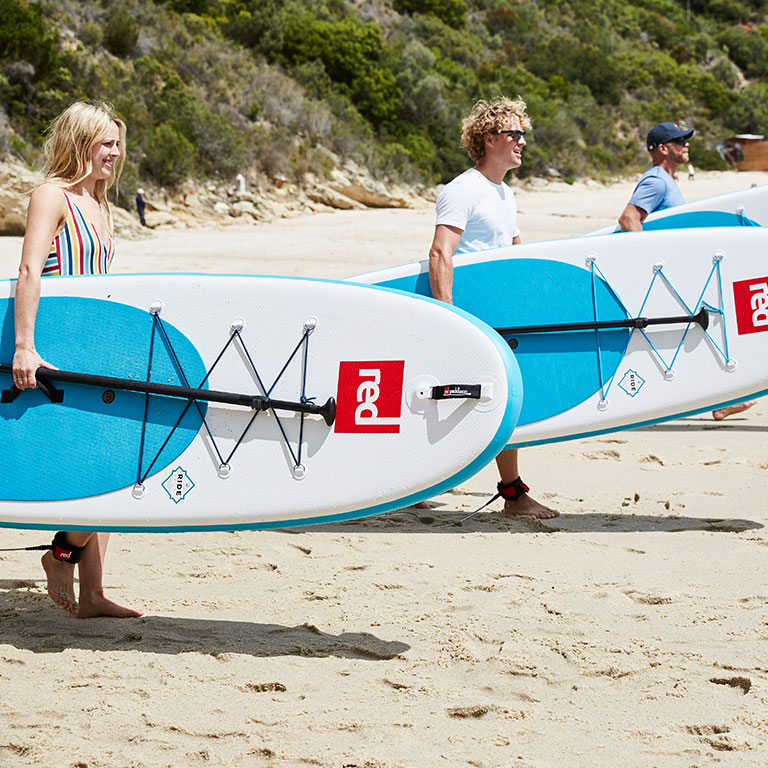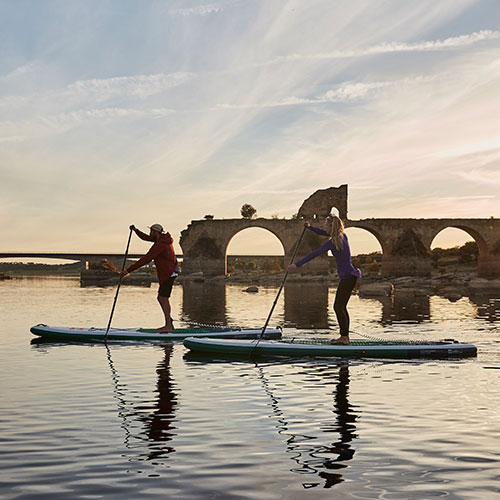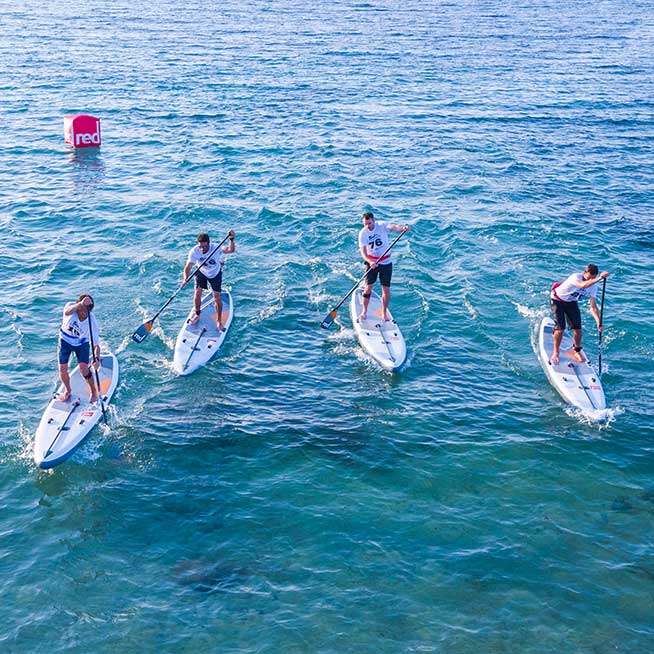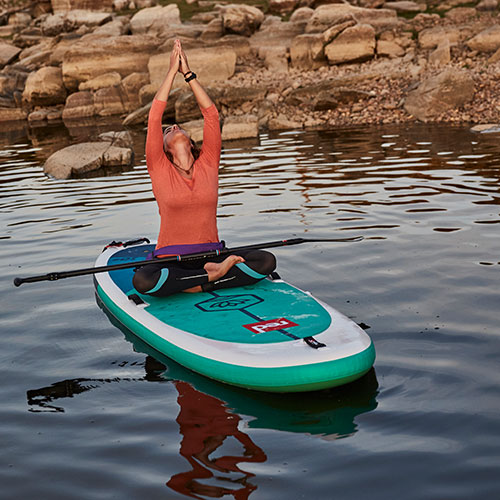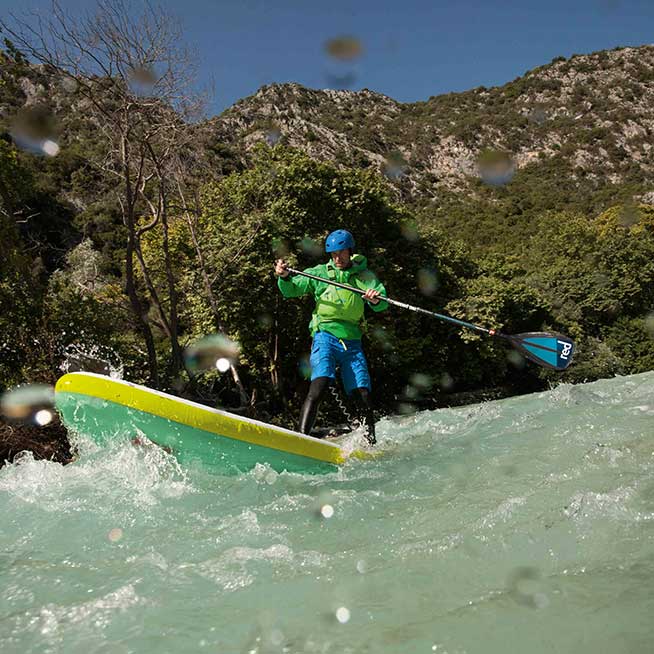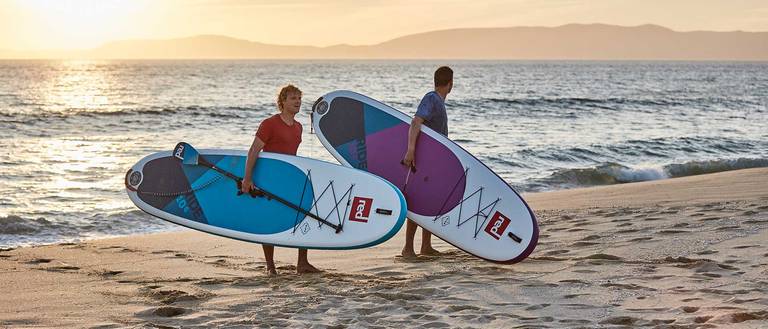
GUIDE TO INFLATABLE STAND UP PADDLE BOARDS
The world of Stand Up Paddleboarding was transformed by the evolution of the inflatable paddle board. Until that time, the sport had predominantly been the preserve of big wave riders who used hardboards as a means of propelling themselves on to waves. These hard boards used existing manufacturing processes from other sports such as surfing, windsurfing and kayaking and used a variety of constructions, mostly based around a foam core encased by laminates of fibre glass, carbon or even thin laminates of wood.
Whilst these boards proved effective for use in the waves as well as for racing, the inherent fragility and cumbersome nature made them impractical for the vast majority of would-be paddlers. And whilst these hardboards still have a place in the elite/professional side of SUP for paddlers looking for marginal differences in racing or waves, the performance margin has been reduced to almost nothing by innovations, materials and superior design at the premium end of the inflatable paddleboard market.

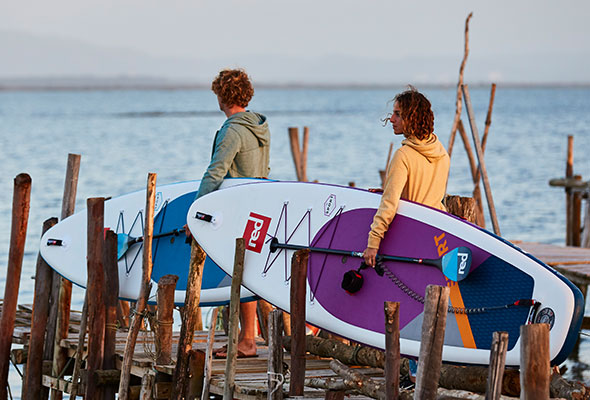
At first glance, the current market can seem bewildering.
At first glance, the current market can seem bewildering.
At first glance, the current market can seem bewildering. A quick Google of “Inflatable paddle boards” reveals a mass of different boards in all manner of size, style and colours. Not to mention price. How can seemingly identical boards, save perhaps for wildly different colour schemes, all of which profess to offer a great paddling experience (with words like “stability”, “durability”, “performance” thrown in for good measure), have significantly different prices? Can there really be that much difference between board X and board Y? In short, the answer is yes! To help understand this, let’s start with a delve into what actually goes into making an inflatable paddle board.DESIGNING THE BEST INFLATABLE PADDLE BOARD
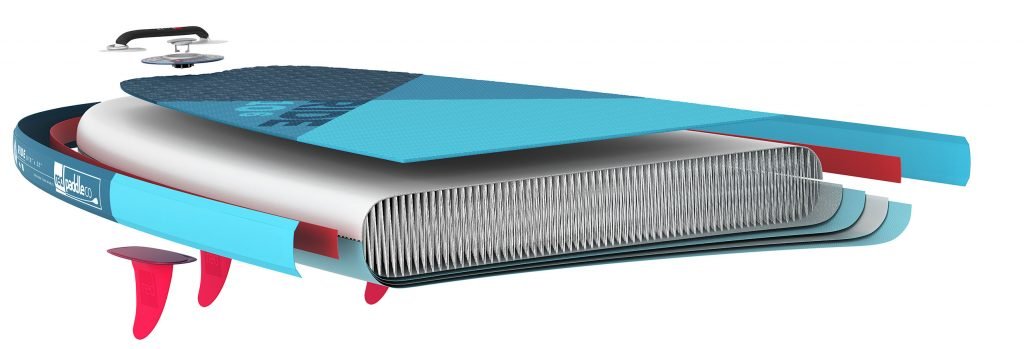
DESIGNING THE BEST INFLATABLE PADDLE BOARD
Put simply, the big differences in price across the market today are due in large part to the construction processes and materials used in the creation of a board. And these differences are not purely for reasons of performance. The quality and durability of construction are, of course, vital when you consider the importance of safety of the paddler when out on the water. So what are these differences?DROP STITCH PADDLE BOARDS
DROP STITCH PADDLE BOARDS
Early days of inflatable boards, a material was adopted that has since become known as “Drop Stitch”. Essentially, this refers to the material which forms the top and bottom skin of the board which is connected by threads. This gives the board it’s shape, structure and stiffness.Drop stitch comes in various forms and, generally speaking, cheaper boards (although also some so-called “premium” boards) use this to create something known as a ‘single layer’ or ‘fusion’ board. These have a very thin PVC coating which is similar thickness to a deflated balloon, and which is spread over the woven drop stitch material to make it airtight. The resulting board is often bendy, unreliable and does not deliver a very good paddling performance. A good tell-tale sign of whether a board is made using this, is if the board has a maximum PSI of 15psi or less displayed on it. This is not because it works brilliantly at that pressure, but because they aren’t designed to last under pressure. Inflate it to more than that and you’re going to have problems down the line. As a guide, a minimum of 15psi should be used to give good performance but ideally your board should be able to be pumped to 18-22psi to deliver unbeatable performance.
An evolution of these “single” layer construction came in the form of “double layer” drop stitch. This involved the doubling up (surprise!) of the PVC layer to reinforce the board and make it stiffer. Whilst it did achieve this, it came at the expense of weight as inevitably these boards were heavier and they were also more susceptible to cosmetic blemishes. Certain manufacturers sometimes try to avoid such blemishes by adding strips (sometimes called stringers) around the edge of the board, rather than double coating the whole board.
Whether the board is single or double layered, fundamentally the drop stitch material fails to provide a level of stiffness and quality required to produce an inflatable paddle board that will give you an authentic and enjoyable paddling experience. Such boards are essentially little more than beach “toys” and this is reflected in their price. However, whilst cheap to buy, the lack of durability ultimately means your investment is possibly going to be wasted. Repairing these boards when they fail can be both uneconomical and potentially dangerous if the structure of the board has been compromised.
INTRODUCING MSL
PADDLEBOARD CONSTRUCTION
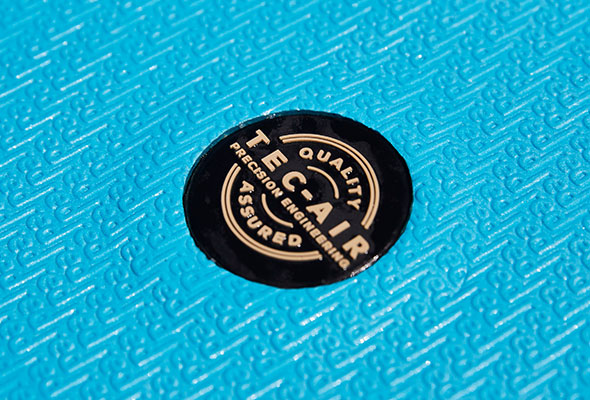
PADDLEBOARD CONSTRUCTION
Ultimately the material is only half the story, as how the board is put together is just as important and, as with the material, varies hugely between manufacturers. For us at Red Paddle Co, it’s taken years of meticulous research and development to refine and finesse the construction process we use to deliver a consistent shape and product. We call this process TEC AIR and it means we constantly scrutinise every part of the production process to maximise board reliability and performance. Whether it’s how the rocker curve is applied or the process used to bond the layers together, we’ve continually evolved the process to ensure our boards deliver unrivalled quality.TYPES OF INFLATABLE PADDLE BOARD
TYPES OF INFLATABLE PADDLE BOARD
So the material and construction of an inflatable paddle board is vital in terms of its quality, durability, stiffness and performance. Now let’s take a look at the different types of board available on the market today:ESSENTIAL ACCESSORIES
PUMP IT UP - TITAN PUMP
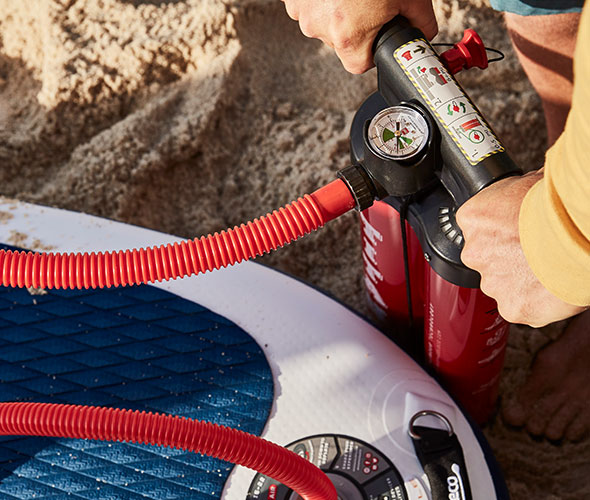
PUMP IT UP - TITAN PUMP
When it comes to inflatable paddle boards, perhaps the most important accessory is a pump! Let’s be honest, you’re not going to get very far without one. As with the boards themselves, there are huge variations here too, in terms of the quality and efficiency of the pumps available on the market today.The majority of pumps are single chamber, the width of which vary between manufacturers.
A lot of boards at the lower end of the market supply pumps that have a wide chamber. These are easy to use but do not allow the board to be pumped to a high pressure. Most premium brands provide a thinner chamber pump with their boards as this allows you to get higher pressure into your board easier, however the downside is that it takes a longer time to inflate. Red Paddle Co innovated a completely new pumping experience with the Titan Pump which combines the best of both worlds, thanks to its two chambers. The thinner chamber allows air to be pushed out at over 60mph, whilst the larger chamber is used when the going gets tough, allowing you to reach a higher pressure in half the time – and more importantly by using half the energy!
IT'S IN THE BAG

IT'S IN THE BAG
Another key accessory is of course the bag used to carry your board. The backpacks supplied with boards come in all shapes and sizes, not to mention quality. A good quality one should have wide, padded shoulder straps to disperse and spread the weight when being carried and a waist strap to allow paddlers to bear the load through their hips rather than back and shoulders. As the bags are required to withstand any adventure and the weight of their contents they require super strong, double-bonded nylon seams, continuous coiled zips and robust coated material to ensure they don’t let you down. Integrated wheels are also a huge benefit when travelling, and a robust internal structure to ensure the straps are an integral part of the bag is vital to ensure they do not come away from the bag. As with the boards and pump, it’s worth researching the type of bag a board is supplied with before making that all important purchasing decision.CHOOSE THE PERFECT BOARD
There’s a Red Paddle Co board and paddle for every rider and every adventure. Use our board selector to find your perfect board!
Find my board
